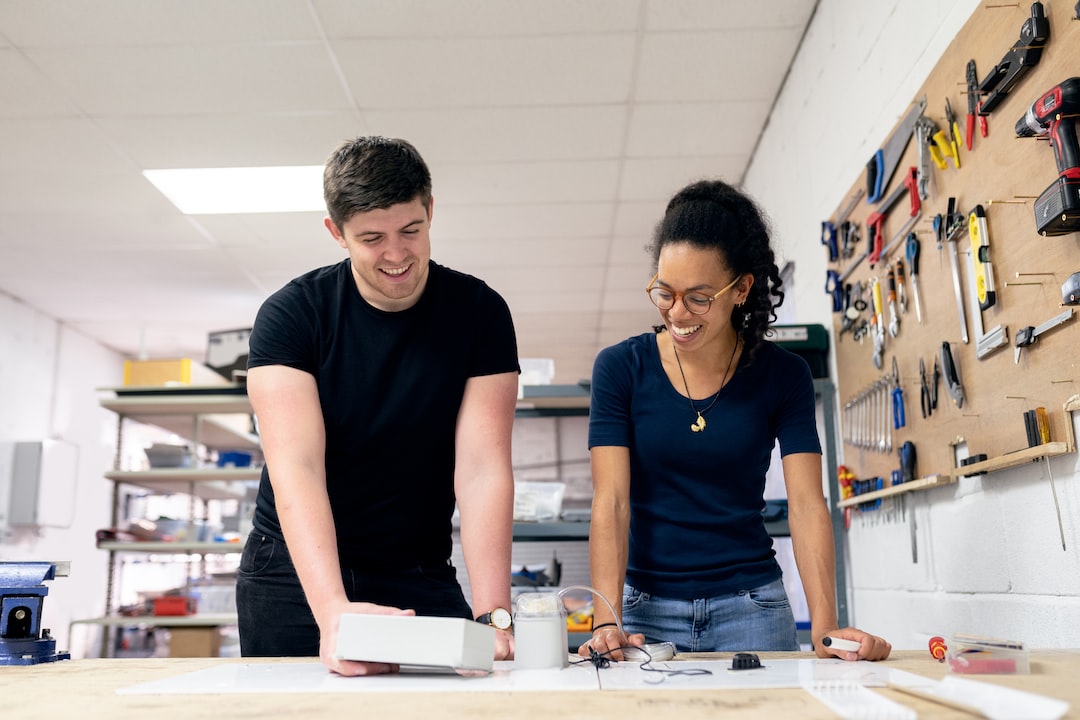The Role of 3D Printing in the Construction Industry
Over the past few decades, 3D printing has emerged as a groundbreaking technology with the capacity to revolutionize various sectors. Among these sectors, the construction industry stands to gain immensely from the application of 3D printing. With the ability to create three-dimensional objects from digital designs, 3D printing can potentially reshape the way we construct buildings and infrastructure.
One of the key advantages of 3D printing in the construction industry is its ability to reduce material waste. Traditional construction methods often result in excessive waste due to imprecise measurements and cutting. With 3D printing, materials are used precisely, reducing waste and also minimizing costs. Additionally, 3D printing enables the use of recycled materials, making it a more sustainable option for construction projects.
Another remarkable advantage of 3D printing is the potential for faster construction. Traditional construction methods involve numerous steps, including site preparation, material sourcing, and assembly. These processes can be time-consuming, leading to delays in project completion. 3D printing simplifies the construction process by eliminating many of these steps. With the ability to directly print structures on-site, construction projects can be completed at a significantly faster pace.
Moreover, 3D printing allows for greater design freedom and customization. In traditional construction, the design possibilities are limited by the constraints of conventional building techniques. With 3D printing, architects and engineers can create complex designs and intricate structures that were previously unattainable. This opens up a world of possibilities for creative architecture and innovative urban planning.
The use of 3D printing in construction also enhances safety. Traditional construction sites are often hazardous environments for workers, with the risk of falls, injuries, and exposure to harmful substances. However, with the adoption of 3D printing, many construction tasks can be automated, reducing the need for manual labor and the associated risks. This technology allows workers to focus on overseeing the process rather than engaging in physically demanding and dangerous tasks.
In addition to these advantages, 3D printing also offers cost-saving benefits. Construction projects often face budget constraints due to rising material and labor costs. However, 3D printing reduces the need for extensive manual labor, ultimately leading to significant cost savings. Furthermore, the on-site 3D construction significantly cuts down on transportation costs and the need for large construction crews, further lowering expenses.
Despite the numerous advantages, there are still some challenges to overcome for the widespread adoption of 3D printing in the construction industry. Scaling up the technology to accommodate large-scale buildings and infrastructure is one such challenge. Additionally, regulations and standards need to be developed and implemented to ensure the safety and reliability of 3D printed structures.
In conclusion, the role of 3D printing in the construction industry is rapidly evolving. With its potential to reduce material waste, accelerate construction timelines, enable design freedom, enhance safety, and save costs, 3D printing has the power to transform the way we build. While challenges remain, the benefits of 3D printing in construction are undoubtedly promising. As this technology continues to advance, we can expect to witness a paradigm shift in the way structures are conceptualized, designed, and built.

